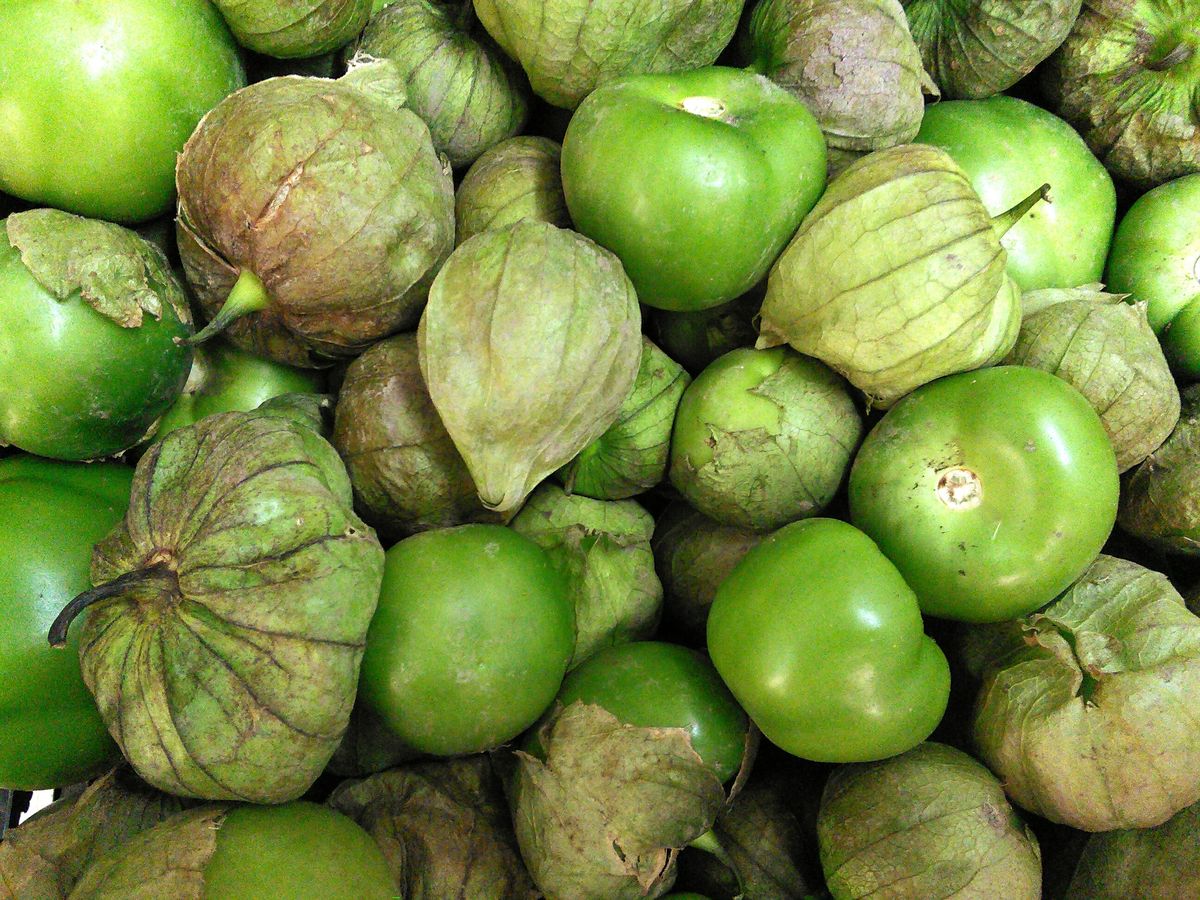
What is a tomatillo? This small, green fruit often gets mistaken for a green tomato, but it’s not. Tomatillos belong to the nightshade family, just like tomatoes, but they have a unique flavor and appearance. Wrapped in a papery husk, they offer a tangy, slightly citrusy taste that’s perfect for salsas, sauces, and more. Originating from Mexico, tomatillos have been a staple in Mexican cuisine for centuries. They’re packed with vitamins, minerals, and antioxidants, making them a healthy addition to your diet. Whether you’re a seasoned chef or a curious foodie, learning about tomatillos can add a new twist to your culinary adventures.
Key Takeaways:
- Tomatillos are small, tangy fruits belonging to the nightshade family, perfect for salsas and sauces. They need full sun, well-drained soil, and a nearby plant for pollination to thrive in warm climates.
- Packed with nutrients and antioxidants, tomatillos are low in calories and rich in vitamin C and fiber. They can be used raw in salsas or cooked to mellow their acidity, adding a unique flavor to various dishes.
What is a Tomatillo?
Tomatillos are small, green fruits often used in Mexican cuisine. They might look like green tomatoes, but they have their own unique flavor and characteristics.
- Tomatillos belong to the nightshade family, just like tomatoes, potatoes, and eggplants.
- They are also known as "Mexican husk tomatoes" because they come wrapped in a papery husk.
- The name "tomatillo" means "little tomato" in Spanish, but they are not just small tomatoes.
- Tomatillos have a tangy, slightly acidic taste, making them perfect for salsas and sauces.
- They are a staple in dishes like salsa verde, a green sauce used in many Mexican recipes.
Growing Tomatillos
Growing tomatillos can be a rewarding experience for gardeners. They thrive in warm climates and are relatively easy to cultivate.
- Tomatillos need full sun and well-drained soil to grow properly.
- They are typically planted in the spring after the last frost has passed.
- Each plant can produce a large number of fruits, often more than a gardener might expect.
- Tomatillos are self-incompatible, meaning they need another tomatillo plant nearby for pollination.
- The plants can grow up to 4 feet tall and spread out quite a bit, so they need ample space.
Nutritional Benefits of Tomatillos
Tomatillos are not just tasty; they are also packed with nutrients that can benefit your health.
- They are low in calories, making them a great addition to a healthy diet.
- Tomatillos are rich in vitamin C, which is essential for a strong immune system.
- They also contain vitamin K, which helps with blood clotting and bone health.
- The fruit is a good source of fiber, aiding in digestion and keeping you full longer.
- Tomatillos have antioxidants that can help protect your cells from damage.
Culinary Uses of Tomatillos
Tomatillos can be used in a variety of dishes, adding a unique flavor that enhances many recipes.
- They are often used raw in salsas, providing a fresh, tangy taste.
- Cooking tomatillos can mellow their acidity and bring out a slight sweetness.
- They are a key ingredient in green enchilada sauce, giving it its distinctive color and flavor.
- Tomatillos can be roasted, grilled, or boiled, each method bringing out different aspects of their flavor.
- They pair well with ingredients like cilantro, lime, and chili peppers, common in Mexican cuisine.
Fun Facts About Tomatillos
Here are some interesting tidbits about tomatillos that you might not know.
- Tomatillos have been cultivated in Mexico for over 2,000 years.
- The Aztecs were among the first to grow and use tomatillos in their cooking.
- Despite their green color, some tomatillos can ripen to yellow, purple, or red.
- The sticky residue found on the fruit's skin is a natural defense mechanism against pests.
- Tomatillos are often confused with ground cherries, but they are different plants with distinct flavors.
Tomatillos: A Flavorful Addition to Your Kitchen
Tomatillos aren't just another green fruit. Packed with nutrients, they bring a unique tangy flavor to many dishes. Whether you're making salsa verde or adding them to a stew, these little green gems can elevate your cooking game. They're easy to grow in your garden, making them a great choice for home gardeners. Plus, their health benefits are impressive, from boosting your immune system to providing essential vitamins. Next time you're at the grocery store, grab a few tomatillos and experiment with new recipes. You'll be surprised at how versatile and delicious they can be. So, don't overlook tomatillos; they might just become your new favorite ingredient.
Frequently Asked Questions
Was this page helpful?
Our commitment to delivering trustworthy and engaging content is at the heart of what we do. Each fact on our site is contributed by real users like you, bringing a wealth of diverse insights and information. To ensure the highest standards of accuracy and reliability, our dedicated editors meticulously review each submission. This process guarantees that the facts we share are not only fascinating but also credible. Trust in our commitment to quality and authenticity as you explore and learn with us.


